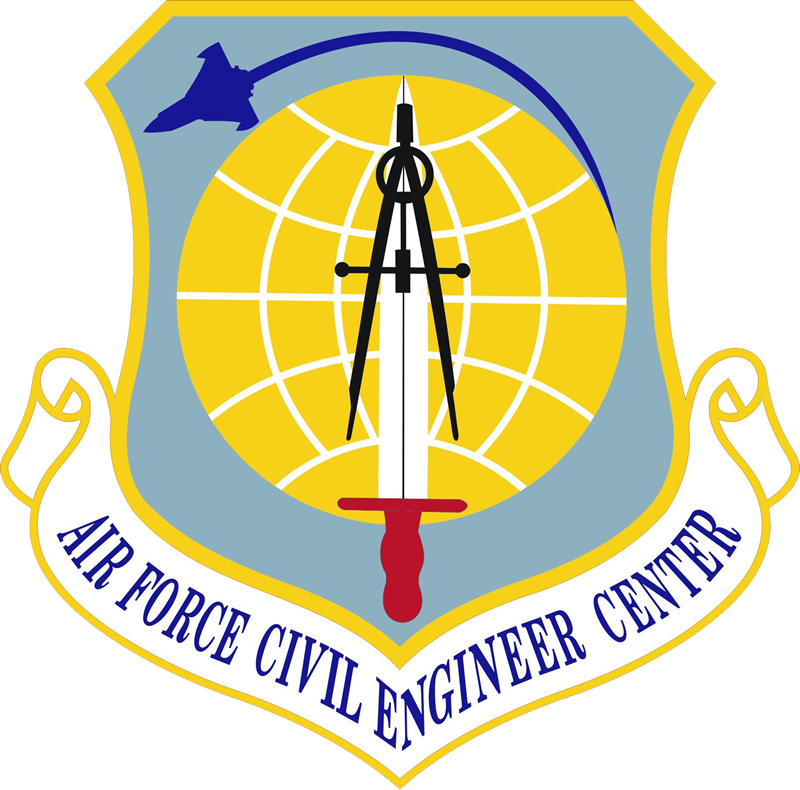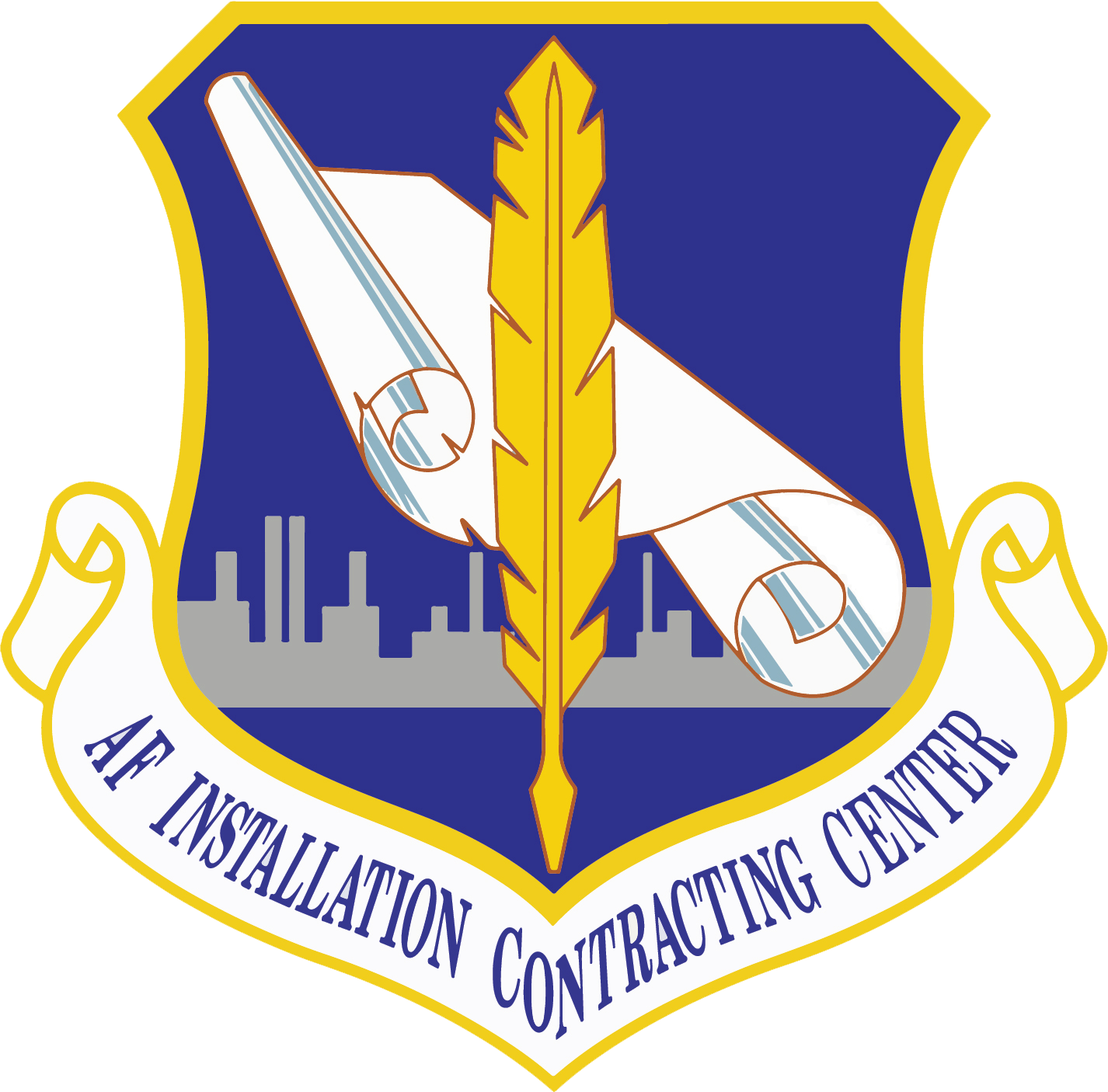Air Force Installation & Mission Support Center
The Air Force Installation and Mission Support Center team takes care of Airmen, Guardians, and families and keeps airfields and infrastructure combat ready by managing installation and mission support programs for more than 30 Air Force specialties and 83 installations across the Air Force and Space Force.
The team of more than 4,000 AFIMSC military members and government civilians are as diverse as the more than 150 installation and mission support (I&MS) capabilities the center delivers to support operations in these areas: Airmen, Guardian and family readiness, morale, welfare and recreation services, base communications, chaplain corps, civil engineering, financial management, logistics readiness, operational acquisition, public affairs, and security forces.
With headquarters at Joint Base San Antonio-Lackland, Texas, AFIMSC, by virtue of its global mission, has operating locations at more than 140 locations around the world. AFIMSC has four primary subordinate units: Air Force Civil Engineer Center, Air Force Installation Contracting Center, Air Force Security Forces Center, and Air Force Services Center. The center also has 10 detachments that support Space Force headquarters, Air Force major commands and Air Force District of Washington.
AFIMSC activated April 6, 2015, reached Initial Operational Capability Oct. 1, 2015, and a year later achieved Full Operational Capability in October 2016.
The Air Force stood up the center to make the best use of limited resources in managing and operating its installations. Centralization of management support helps the Air Force realize better effectiveness and efficiency in providing installation and expeditionary combat support capabilities to commanders and mission partners. The consolidation of enterprise-level installation and mission support operations at AFIMSC also helps commanders focus on their primary mission areas.
Mission
Deliver globally integrated installation and mission support to enhance warfighter readiness and lethality for America’s Air and Space Forces.
Vision
One integrated AFIMSC team revolutionizing combat power and installation support for Airmen, Guardians and families.
Headquarters
Headquarters AFIMSC completed a transition to an Air Force Forces Staff, or A-Staff, structure in October 2024. The headquarters includes five A-Staff directorates: A1-Manpower and Personnel; A2/5/8-Intelligence, Strategic Planning, and Requirements; A3-Operations; A9-Studies, Analyses, Assessments, and Lessons Learned; and FM-Financial Management. The headquarters special staff functions include historian, information protection, public affairs, and safety divisions under the Director of Staff, and inspector general, judge advocate, and small business programs divisions that report directly to the commander.
The HQ staff strategically integrates Department of the Air Force -wide I&MS functions with overall planning, programming, budgeting, and execution and risk assessments for enterprise-wide programs. The staff solicits, receives, validates, analyzes, prioritizes, and advocates for installation I&MS requirements and communicates results to HAF. This includes I&MS strategy, planning, programming, and budgeting actions. AFIMSC is centered on data gathering and analytics and committed to innovation: informing DAF-level strategy and policy while purposefully making mission accomplishment better for Airmen and Guardians across the globe. The HQ AFIMSC team enables the mission by providing implementation guidance for Department of Defense and DAF policy and standards, and reviews and evaluates I&MS program performance and compliance.
A1: Manpower and Personnel Directorate
The AFIMSC Manpower and Personnel Directorate provides support for organizational actions, human capital strategies, workforce training and talent development, acculturation, mentoring and leadership, and civilian and military personnel policy and procedures. The A1 establishes and documents staffing levels and organizational structures for forces assigned and attached to the Center. The Directorate team ensures AFIMSC has the right number of Airmen and employees with the right skills and abilities to meet its mission, goals, and objectives.
A3: Operations Directorate
The A3 Directorate executes operations for AFIMSC across nine Installation and Mission Support functions. The Directorate provides awareness, integration, and orders to effectively align AFIMSC’s diverse enterprise and capabilities to ensure warfighter combat support readiness. The A3 creates mission-type orders to provide unity of effort and integration across the Center, while also providing readiness and functional manager support for 92,000 I&MS Airmen across all Department of the Air Force installations.
A2/5/8: Intelligence, Strategic Planning, and Requirements Directorate
The A2/5/8 Directorate consists of professionals from various I&MS functions who are focused on strategy, requirements development, planning, and programming. Their goal is to achieve rebalancing and enhance cross-functional coordination and integration, both within AFIMSC and with higher headquarters and supported commands.
A9: Studies, Analyses, Assessments, and Lessons Learned Directorate
The A9 Directorate produces data-based, decision quality analyses and assessments for AFIMSC. The Directorate team serves as the focal point for operations research and data analytics. They provide insights on force structure, operational issues, agile combat support, investment and modernization, resource allocations, and installation and mission support contributions to Air Force and joint operations regarding capabilities, strategy, and proposed programs or concepts.
DS: Director of Staff
The DS synchronizes and integrates policy, plans, positions, procedures, and cross-functional issues for the headquarters staff. The DS also manages the AFIMSC governance structure, ensures clear communication between the commander and staff leadership, and administers the flow of work into the center and from the center back to higher headquarters and other organizations.
FM: Financial Management
The AFIMSC Financial Management Directorate is the principle advisor providing financial decision support to senior leaders. The Directorate team executes strategic resources via multiple, global lines of effort that enable Department of Air Force missions. FM professionals use their expertise and experience to manage intricate fiscal and policy constraints that deliver resources at the personal, unit, installation, and program levels. The AFIMSC/FM mission is to standardize financial management for multidimensional partners by deploying innovative solutions throughout the Installation and Mission Support enterprise.
Detachments
AFIMSC detachments serve as the liaison and on-site support between the commands where they’re located and the AFIMSC enterprise. They provide responsive synchronization and management of AFIMSC assets to address command-specific installation and mission support priorities and concerns. Detachment forward-presence capabilities deliver proactive solutions to emergent command requirements and issue resolution at the lowest level. Those capabilities include civil engineering, communications, financial management, logistics and security forces.
Detachments and Service/Command Supported
Det 1: Pentagon, Arlington, Virginia/U.S. Space Force
Det 2: Joint Base Pearl Harbor-Hickam, Hawaii/Pacific Air Forces
Det 3: Hurlburt Field, Florida/Air Force Special Operations Command
Det 4: Ramstein Air Base, Germany/U.S. Air Forces in Europe and U.S. Air Forces Africa
Det 5: Joint Base Andrews, Maryland/Air Force District of Washington
Det 6: Wright-Patterson AFB, Ohio/Air Force Materiel Command
Det 7: Joint Base San Antonio-Randolph, Texas/Air Education and Training Command
Det 8: Joint Base Langley-Eustis, Virginia/Air Combat Command
Det 9: Scott AFB, Illinois/Air Mobility Command
Det 10: Barksdale AFB, Louisiana/Air Force Global Strike Command
Primary Subordinate Units
Air Force Civil Engineer Center
The Air Force Civil Engineer Center, headquartered at JBSA-Lackland, provides responsive, flexible civil engineering expertise and support to Air Force installations and the warfighter. The AFCEC team delivers capabilities across the wide civil engineering spectrum to enable ready engineers and maintain the facilities and platforms that are the backbone of the Air Force mission.

AFCEC missions include facility investment planning, design and construction, operations support, real property management, energy support, environmental compliance and restoration, readiness and emergency management, and audit assertions, acquisition and program management. The AFCEC team conducts operations at more than 75 locations worldwide, overseeing the annual execution of $11.8 billion in contracts, managing $7 billion in housing and $5 billion in enhanced-use lease portfolios, and indirectly controlling $49 billion in contract vehicles.
Air Force Installation Contracting Center
The Air Force Installation Contracting Center is a worldwide-postured organization headquartered at Wright-Patterson AFB, Ohio, that provides responsive and mission-enabling enterprise acquisition solutions for efficient and effective mission and installation operations across the DAF. AFICC has more than 750 members who perform above-wing contracting operations across the Air Force enterprise. In this role, they support some 3,000 contracting professionals executing Air Force missions worldwide with contract values of $58 billion over the last five years. In addition to the headquarters and staff, center operating locations are collocated with Air Force major command headquarters and the Defense Technical Information Center at Offutt AFB, Nebraska.

AFICC provides business advice and specialized contract support to Air Force major commands, contracting authority to operational contracting squadrons, and enterprise, regional and local sourcing solutions to affect rate, process and demand to maximize the use of Air Force installation spend. The center is also the Air Force lead for contingency contracting operations, ensuring contracting personnel are trained and equipped to deal with all contingencies – at war, in times of disaster and at home.
Air Force Security Forces Center
The Air Force Security Forces Center, located at JBSA-Lackland, Texas, organizes, trains, and equips Air Force security forces worldwide. The center develops force protection doctrine, programs and policies by planning and programming resources to execute the missions of nuclear and non-nuclear weapons system security, physical and information security, integrated base defense, combat arms, law enforcement, antiterrorism, resource protection and corrections.

AFSFC identifies and delivers emergent and future force protection and force application solutions through modeling and simulation. The center also acts as the executive agency for the Department of Defense military working dog program, the world's largest training center for military dogs and handlers based at JBSA-Lackland.
Air Force Services Center
The Air Force Services Center, headquartered at JBSA-Lackland, Texas, delivers morale, welfare and recreation programs and activities to build and sustain ready and resilient Airmen, Guardians and families. AFSVC supports installations, major commands and air staff by providing technical assistance, new initiatives, developing programs and procedures, and managing central support functions. AFSVC ensures successful operation of essential food, fitness, childcare, lodging and recreation opportunities for military members and their families.

(Current as of Dec. 4, 2024)